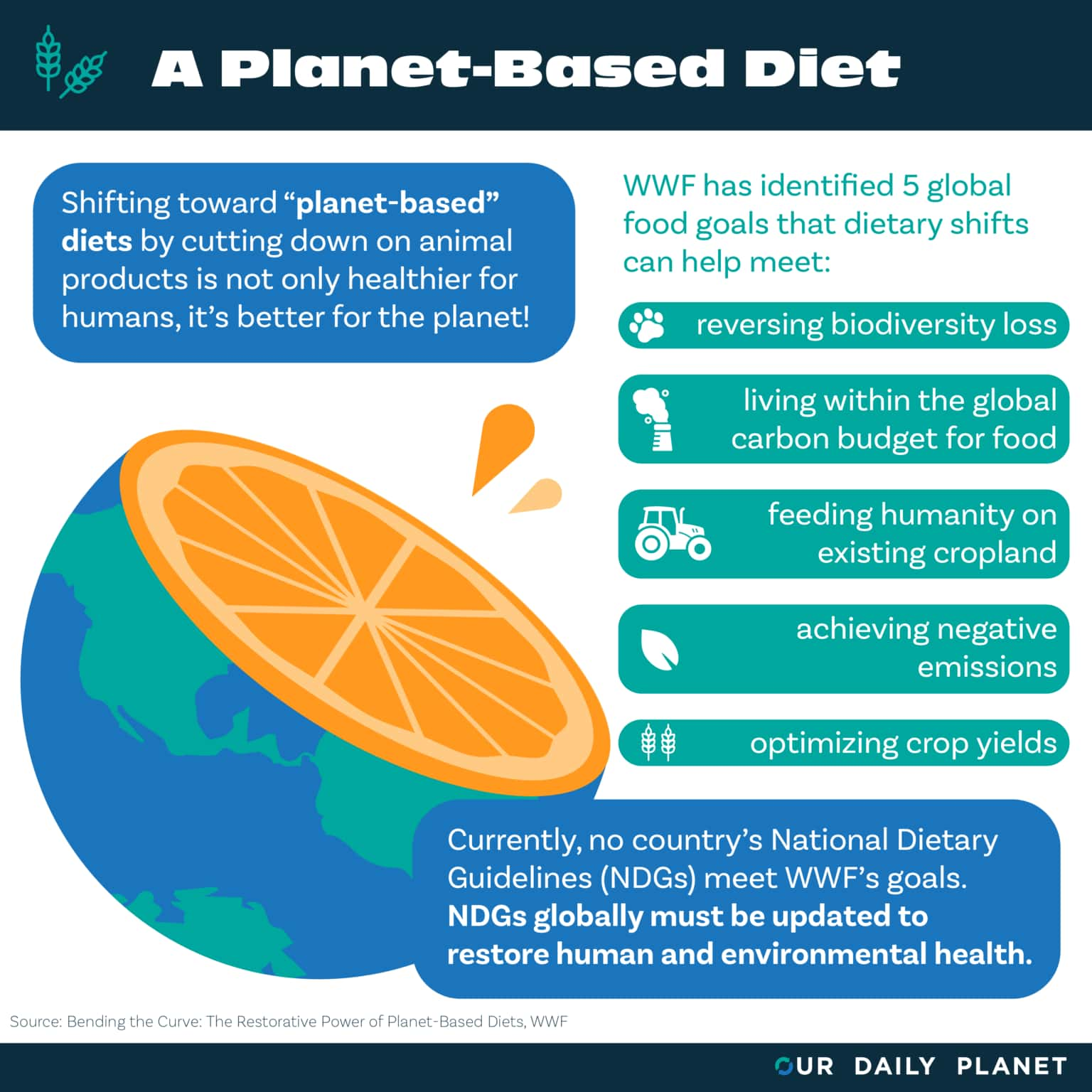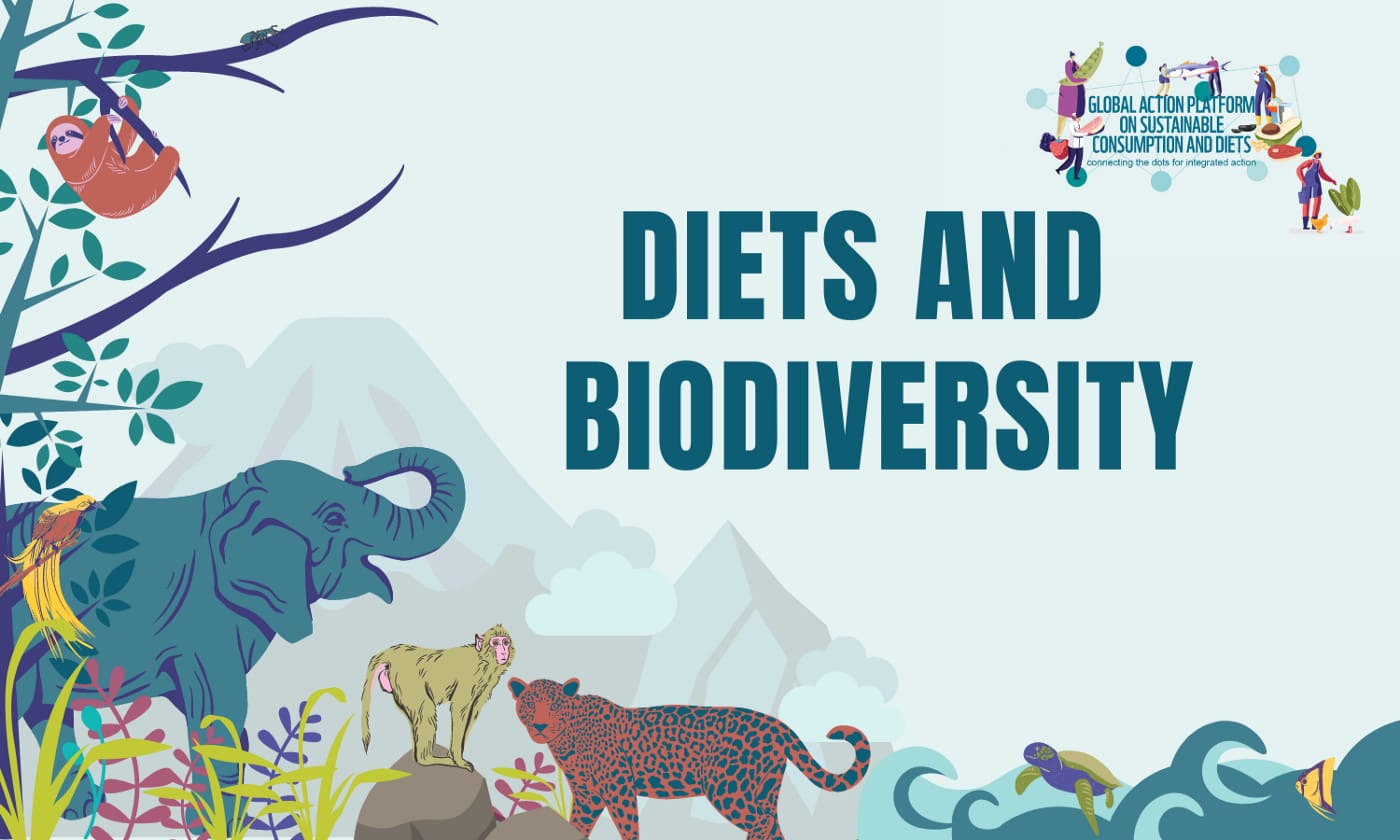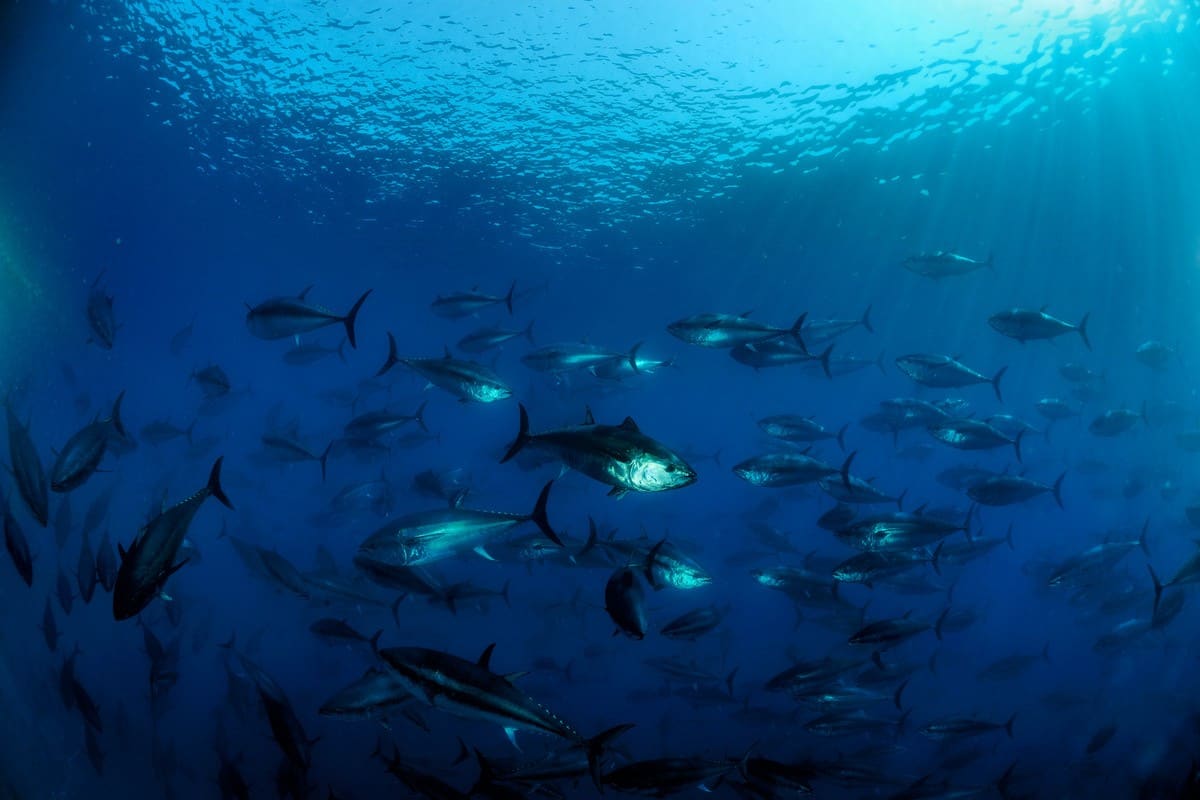There are few things more confusing than deciding which diet is best for people and planet. The internet is rife with hyperbolic headlines, oversimplified solutions, and heavily promoted remedies, all of which stoke division and squash good old common sense. Yes, eating in a healthy and sustainable manner may be complicated, but we can make matters worse for nature if we don’t carefully look at the evidence before taking a bite. When it comes to food, it’s not so simple.
Below are five commonly held “myths” I often hear about healthy and sustainable diets. They are often promoted with passion and good intentions but are ultimately not as straightforward as often believed.
Myth 1: Local food production is always more sustainable
This idea has received a lot of attention in recent months, but it’s context dependent. Yes, there are many countries that can grow a majority of their food locally and in these places, it may be the most environmentally friendly way of producing food. But in some cases, relying mainly on local food production could actually increase greenhouse gas emissions and biodiversity loss. Many countries still face significant burdens of undernutrition and to address this, they may need to increase overall food consumption. But creating extra supply by only increasing local food production could see countries like Indonesia and Madagascar converting more carbon-rich and biologically diverse forests into croplands. For many countries it may be impossible, without help, to self-address their burdens of undernutrition, protect their forests, and lower their food-related greenhouse gas emissions. And what about countries that are not blessed with rich soils and abundant croplands? How will local food production help them feed their increasing population? Local food production is great when and where it makes sense. But the fact remains that feeding everyone on the planet will require an interconnected and interdependent global food system and more cooperation, not less.
Myth 2: We should all stop eating meat
Meat is often framed as either healthy or unhealthy. But eating meat is not the problem. The underconsumption of fruits, vegetables, nuts, and legumes in our diets and the overconsumption of meat and heavily processed foods and refined sugars, is the real problem. There is ample scientific evidence that shows eating more fruit, vegetables and other plant foods leads to positive health outcomes. Meat alone is not bad for you if consumed in the right proportions, but too much meat in our diet can increase the risk of heart disease, cancer, and diabetes. So, go ahead and have a little bit of meat but don’t make it the center of your diet – treat it as complementary to a core of fruit, vegetables, and other plant foods. We all have a responsibility to eat in a way that is good for the planet and our health but it’s time that we stop vilifying certain dietary patterns. All people and their situations are different, but the science is clear on how we can continue to enjoy some meat as part of a healthy and sustainable diet.
Myth 3: Meat production is always bad for the planet
It’s true that the production of meat, dairy, and seafood contributes significantly to habitat loss as well as greenhouse gas emissions and water use. The impact of meat production is compounded because it doesn’t just take resources to raise the animals themselves—beef, pork, lamb, and poultry alike—but also to produce their feed. Therefore, we certainly need to pay close attention to the worrying trends of increasing levels of global meat consumption. However, this doesn’t mean all production is problematic. Certain methods of livestock production— sustainably grazing cattle, for example—can positively impact the environment. Research shows that cattle raised on well-managed, naturally occurring grasslands (as opposed to forests that have been cut down to make way for cows) can increase the amount of carbon stored in the ground and contribute to a biologically rich grassland ecosystem. Livestock integrated into crop lands naturally fertilize the land, reducing the need for the application of synthetic fertilizers. Food produced in harmony with a healthy ecosystem is a real “win-win.” However, it’s not possible to produce the volume of beef and other meat products currently being consumed from well-managed naturally occurring ecosystems alone. This will become even more difficult as the global population rises to nearly 10 billion people by 2050 unless we learn to balance meat consumption with the environmental limits that the earth places upon us.
Myth 4: Don’t eat that mango it was shipped from overseas!
This is another case of “it’s not so simple”. People often avoid eating products such as mangoes because they assume that shipping foods from another country has a huge greenhouse gas emissions impact. But in fact, transport emissions are on average less than 10% of the total global emissions from food and for the typical American household, transport emissions account for only about 5% of food emissions. Air-transport of food is also less than most people think, accounting for only about 0.16% of food miles. This is not to say that these emissions are not important, they are, and they need to be reduced to zero by decarbonizing the shipping industry. But avoiding that mango while driving your car to the store doesn’t make good climate sense if you are trying to reduce your total climate impact. So go ahead and make a nice, yummy mango smoothie but make sure you walk or bike to the store instead.
Myth 5: If I fly less then I can eat as much meat as I want
Frequently, sectors are pitted against each other, often to justify certain types of behavior. But both livestock production and airline travel contribute to climate change with livestock currently contributing between 10% to 15% of global emissions and airline travel between 2 to 3%. Cows emit methane, which is a more potent but shorter-lived gas, while carbon dioxide emissions from flights stay in the atmosphere for several centuries, which makes comparing them difficult. Although current emissions from both sectors are already too high, each is projected to dramatically increase its emissions in the future as more people travel and eat meat. When addressing climate change, every sector, no matter how small or large, needs to reduce current emissions and avoid any future increases to have a chance of solving the climate crises. Calling out one sector as “worse” than another only delays action and increases the risk of irreversible and catastrophic climate change. So no, you shouldn’t “flight shame” or skip that next vacation and then eat as much meat as you want. This is a Both/And situation, not an Either/Or.
Yes, eating a healthy and sustainable diet is not simple, but this isn’t an excuse to believe everything that you hear or to believe some ideas to justify lifestyle choices. A little common sense is prudent and will ensure that the best of intentions don’t end up hurting efforts to fight climate change and save biodiversity.
This article was originally published on Our Daily Planet.




